Have you ever caught your cat staring at you with those big, soulful eyes and wondered, “What’s really going on in that little head?” It’s a question that’s both heartwarming and mysterious. Cats are emotional creatures, but their feelings aren’t always as obvious as a wagging dog’s tail or a child’s laughter. If you’ve ever wished you could understand your cat’s emotional patterns better, you’re not alone! Let’s dive into the world of feline feelings and discover the clues your cat is leaving for you every single day.
Understanding the Basics of Feline Emotions

Cats might seem aloof, but their emotional world is rich and complex. While their feelings don’t always show up in dramatic displays, subtle signs are everywhere if you look closely. Unlike humans, cats use a combination of body language, vocalizations, and routines to express happiness, fear, frustration, or affection. Learning the basics of feline emotions is the first step toward recognizing these patterns. For example, a relaxed body and slow blinking are classic signs of trust and comfort. On the other hand, an arched back or flattened ears can signal stress. Remember, every cat is unique, but the emotional groundwork tends to be similar across breeds.
Decoding Cat Body Language

A cat’s body language is like a secret code waiting to be cracked. The position of their tail, ears, and whiskers can reveal a lot about what they’re feeling. For instance, a tail held high signals confidence and happiness, while a puffed-up tail means your cat is startled or scared. Ears pricked forward show curiosity, while flattened ears often mean irritation or fear. Even the way your cat sits or walks around the house can tell you whether they’re feeling playful or anxious. Observing these physical cues regularly is the best way to understand your cat’s emotional rhythm.
The Power of Vocalizations
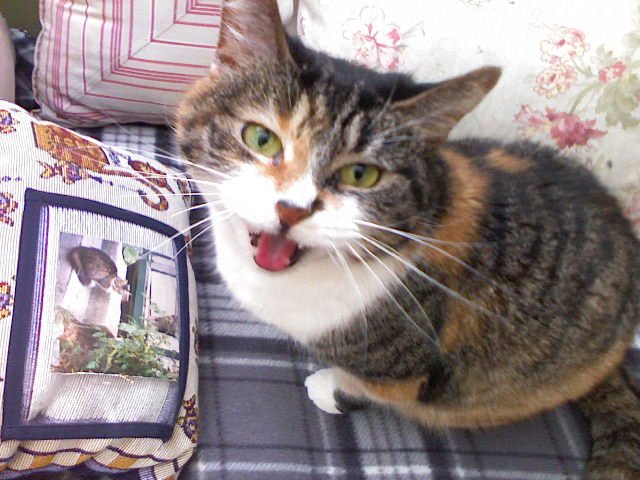
Cats aren’t just silent observers—they have a whole vocabulary of meows, purrs, growls, and chirps. Each sound can signal a different emotion. For example, a gentle purr usually means contentment, but sometimes cats purr when they’re anxious or even in pain. A short, sharp meow might mean your cat is annoyed or demanding attention. If you hear your cat chirping at birds outside, it’s probably a mix of excitement and frustration. Paying attention to the pitch, volume, and frequency of your cat’s sounds can help you tune into their emotional patterns.
Recognizing Patterns in Sleeping Habits
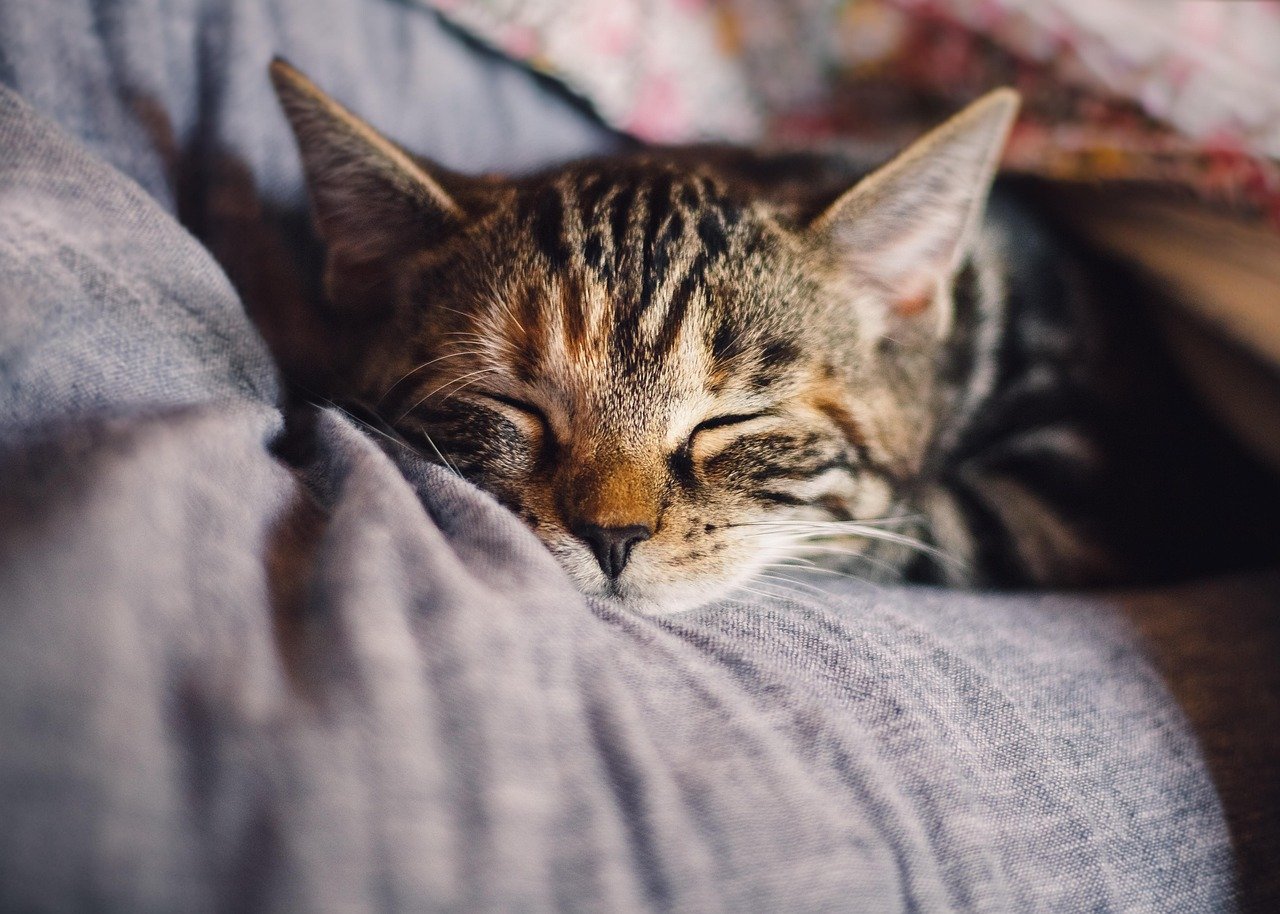
How and where your cat sleeps says a lot about their emotional state. Cats who feel safe and happy tend to sleep in open, vulnerable positions—sprawled out on their back or nestled in the center of the room. If your cat suddenly starts hiding to sleep or changes their napping spots, it might be a sign of stress or illness. Cats are creatures of habit, so any sudden shift in sleeping patterns is worth noting. By keeping an eye on your cat’s favorite sleeping spots and positions, you’ll gain insight into their comfort level and emotional well-being.
Interpreting Grooming Behavior

Grooming is about more than just keeping clean—it’s a window into your cat’s feelings. A cat that grooms regularly is usually feeling relaxed and secure. Over-grooming, on the other hand, can be a sign of anxiety, boredom, or even physical discomfort. If you notice bald spots or excessive licking, your cat may be stressed. Conversely, a cat that suddenly stops grooming could be feeling depressed or unwell. Grooming patterns can be subtle but are a critical clue in the emotional detective work of cat ownership.
Observing Eating and Drinking Habits

A cat’s appetite is directly linked to their emotional state. Stress, sadness, or illness can lead to a loss of appetite, while a happy and healthy cat will eat with enthusiasm. On the flip side, some cats comfort-eat when they’re bored or anxious. Changes in drinking habits—like drinking less or more than usual—can also point to emotional or health issues. If your cat is suddenly ignoring their food bowl or begging for treats more than normal, it’s time to look for underlying emotional triggers.
Changes in Litter Box Behavior
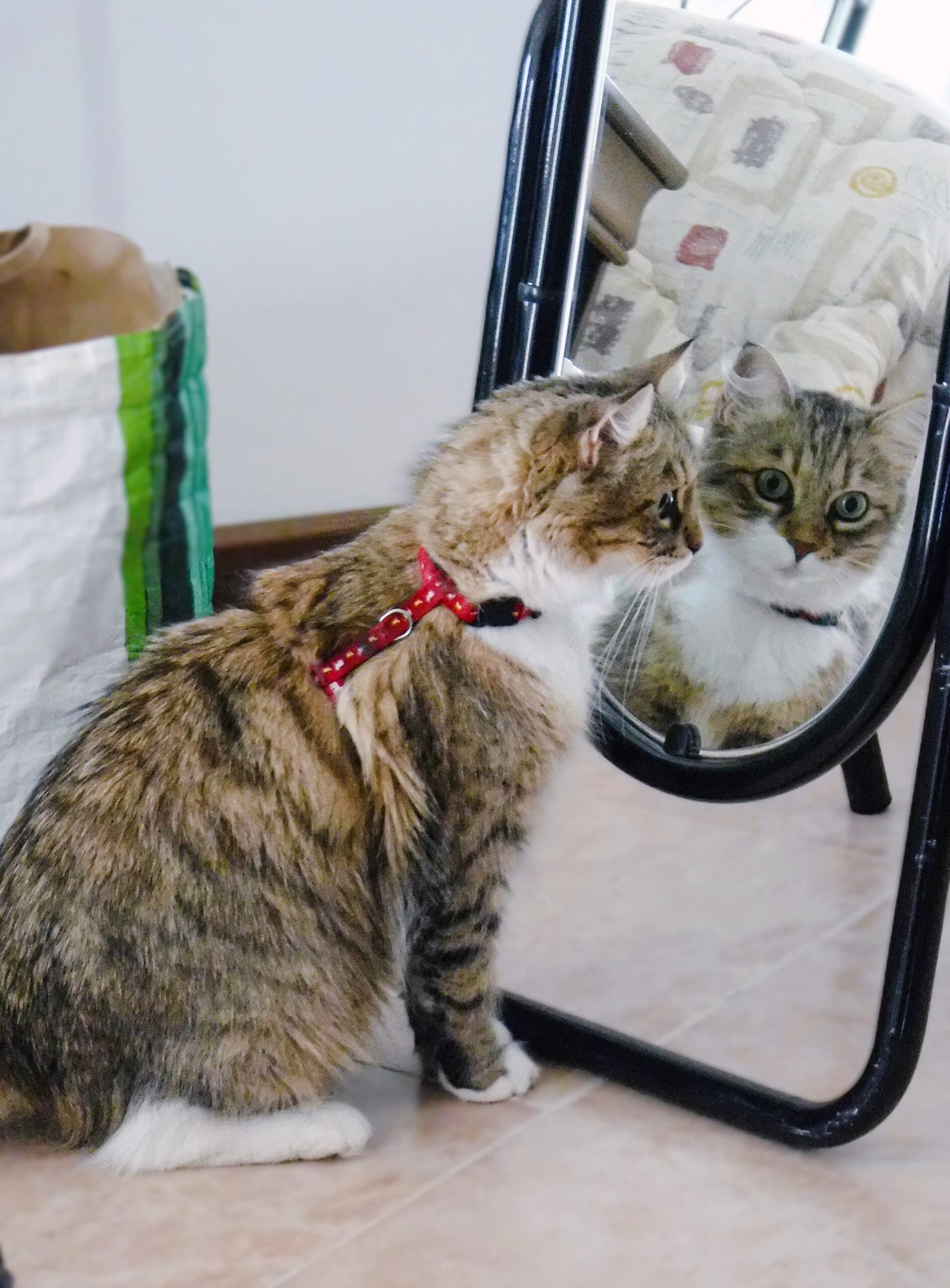
Nothing gets a cat owner’s attention faster than litter box problems. A cat that suddenly stops using their box or starts going outside of it may be trying to tell you something. Emotional stress, territorial disputes, or anxiety about changes in the home can all show up in litter box behavior. Sometimes, it’s a health issue, but often it’s a sign your cat is upset or unsettled. Paying close attention to these changes can help you address your cat’s emotional needs before they escalate.
Watching for Aggression or Withdrawal
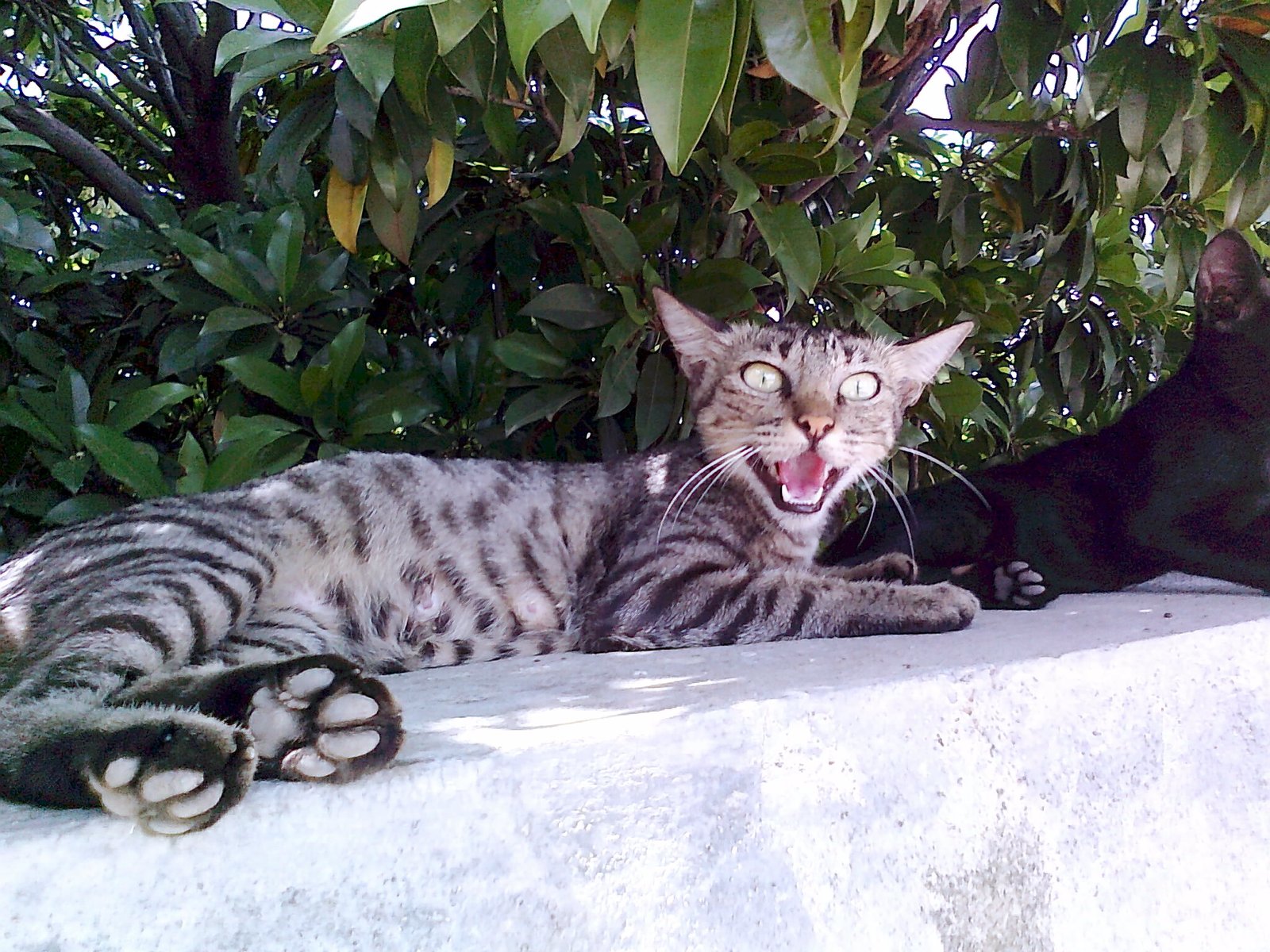
Cats express emotional distress in many ways, and aggression or withdrawal are two of the clearest signs. An aggressive cat might hiss, swat, or bite, while a withdrawn cat will hide and avoid interaction. Both behaviors usually mean something is wrong—whether it’s fear, frustration, or feeling overwhelmed. It’s easy to misinterpret these actions as just “bad behavior,” but they’re really cries for help. Understanding the root cause can turn things around and restore your cat’s emotional balance.
The Significance of Playtime and Activity Levels

Play is a powerful indicator of your cat’s emotional health. A playful cat is usually a happy cat, eager to chase toys and explore new areas. If your cat suddenly loses interest in play or becomes hyperactive, it might be time to look closer. Decreased activity can be a sign of depression or illness, while sudden bursts of energy could mean anxiety. Setting aside regular playtime not only keeps your cat physically healthy but also gives you a chance to assess their mood and emotional state.
Social Interactions with Humans

How your cat interacts with you and other people is a direct reflection of their emotional patterns. Some cats are natural lap cats, seeking out attention and affection, while others are more reserved. If your usually friendly cat starts avoiding you, it could signal stress or discomfort. Conversely, if a shy cat starts seeking more attention, it might mean they’re feeling safer and more confident. Watch for changes in how your cat greets you, requests affection, or seeks solitude.
Relationship with Other Pets
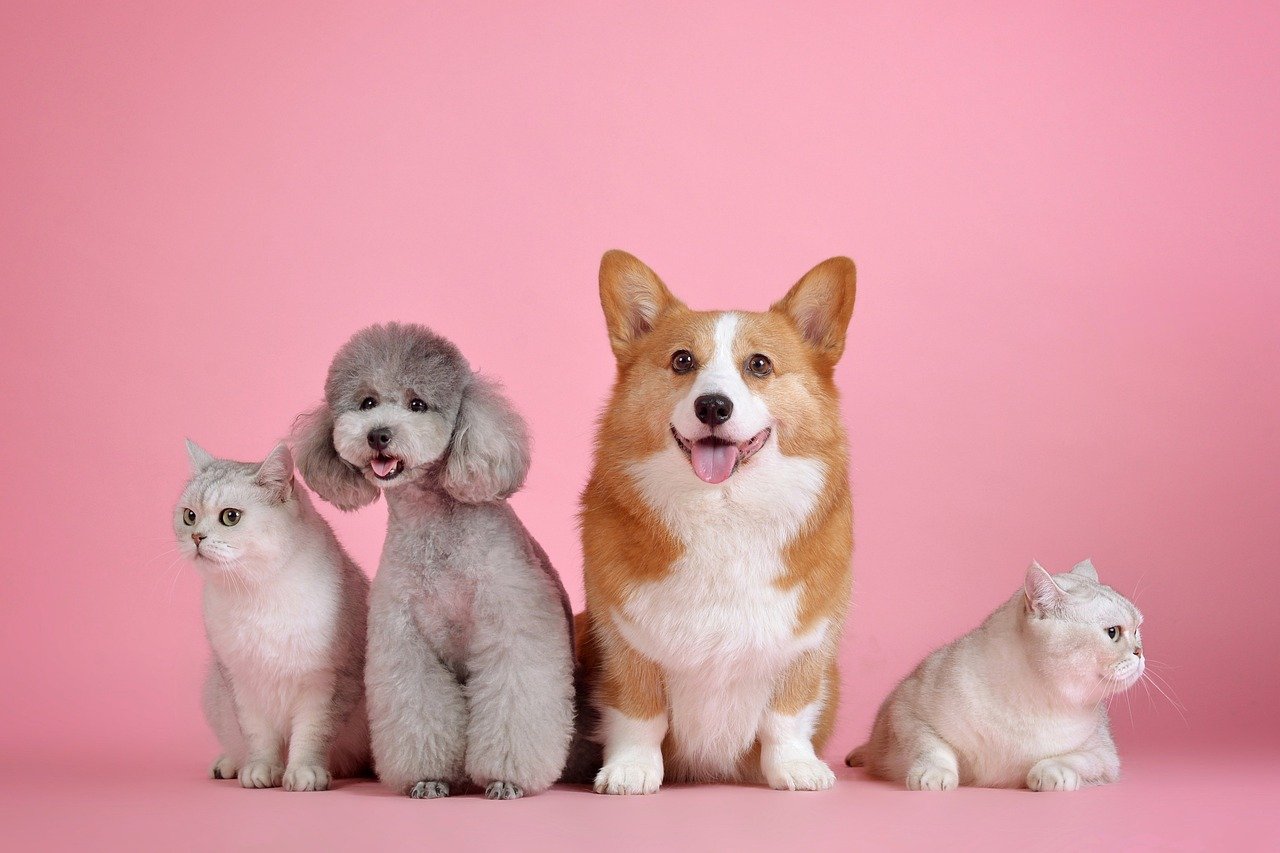
Cats living with other animals often develop unique emotional patterns based on these relationships. A cat that plays, grooms, or cuddles with a fellow pet is likely feeling secure and content. On the other hand, if you notice hissing, swatting, or avoidance, tension might be brewing. New pets or changes in the household can throw off established patterns, leading to stress or jealousy. Carefully observing these interactions can help you spot emotional shifts before they turn into bigger problems.
Reaction to Changes in Environment

Cats are creatures of habit, and even small changes in their environment can have a big emotional impact. Moving furniture, bringing in new scents, or introducing a new person can all spark anxiety or curiosity. You might notice your cat hiding more, acting jumpy, or being unusually vocal. These reactions are important emotional signals. The key is to make changes slowly and give your cat time to adjust, while keeping a close eye on their evolving emotional patterns.
Understanding Purring Beyond Contentment

Purring is often seen as a sign of happiness, but it’s not always that simple. Cats also purr when they are frightened, in pain, or even when trying to comfort themselves. If your cat is purring in unusual situations—like during a vet visit or after a stressful event—it could be a coping mechanism rather than a sign of joy. Pay attention to what’s happening around your cat when they purr, and use context clues to interpret what their purr really means in that moment.
Reading the Signs of Separation Anxiety

Some cats form deep attachments to their owners and can experience real distress when left alone. Signs of separation anxiety include destructive behavior, excessive vocalizing, or eliminating outside the litter box when you’re away. You might come home to find things knocked over or notice your cat waiting anxiously by the door. Recognizing these emotional patterns early can help you find solutions, like interactive toys or gradual departures, to ease your cat’s stress.
Spotting Signs of Boredom

A bored cat is an unhappy cat, and boredom can lead to all sorts of unwanted behaviors. Scratching furniture, knocking things off shelves, or overeating can all be cries for stimulation. Cats need mental and physical challenges to stay emotionally balanced. If you notice your cat becoming listless or mischievous, it’s time to shake up their routine with new toys, climbing trees, or even puzzle feeders. Keeping your cat engaged is key to their emotional health.
Responding to Your Cat’s Emotional Needs
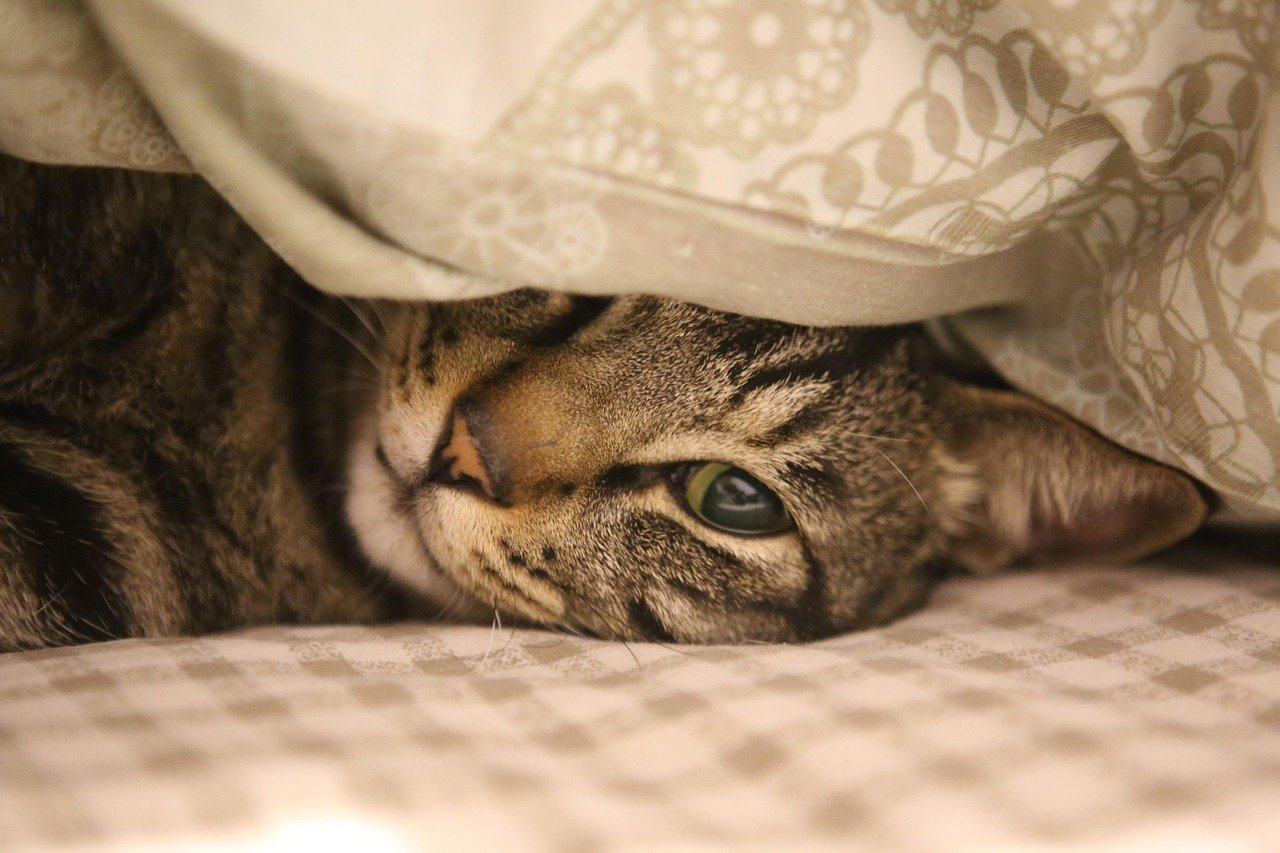
Once you start recognizing emotional patterns in your cat, the next step is responding appropriately. This might mean providing a quiet space, offering extra playtime, or just sitting quietly together. Cats appreciate routine and predictability, so maintaining a consistent schedule helps them feel secure. Sometimes, simply acknowledging their feelings—through gentle petting or soothing words—can make a world of difference. Your attentiveness can strengthen your bond and help your cat feel truly understood.
Health Issues and Emotional Changes

Physical health and emotional well-being are closely linked in cats. Illness, pain, or discomfort can quickly lead to changes in mood and behavior. If your cat seems unusually grumpy, withdrawn, or restless, it’s a good idea to rule out health problems with a vet visit. Sometimes, treating an underlying medical issue will restore your cat’s normal emotional patterns. Always keep an eye out for sudden changes, as these are often the first signs of trouble.
The Role of Routine in Emotional Stability

Cats thrive on routine, and disruptions can cause emotional upheaval. Regular feeding times, play sessions, and even bedtime rituals help your cat feel safe and secure. If your schedule changes, try to keep your cat’s routine as consistent as possible. This predictability soothes anxiety and helps your cat know what to expect from their day. Over time, you’ll notice that a stable routine leads to more predictable, positive emotional patterns in your cat.
Building Emotional Trust with Your Cat
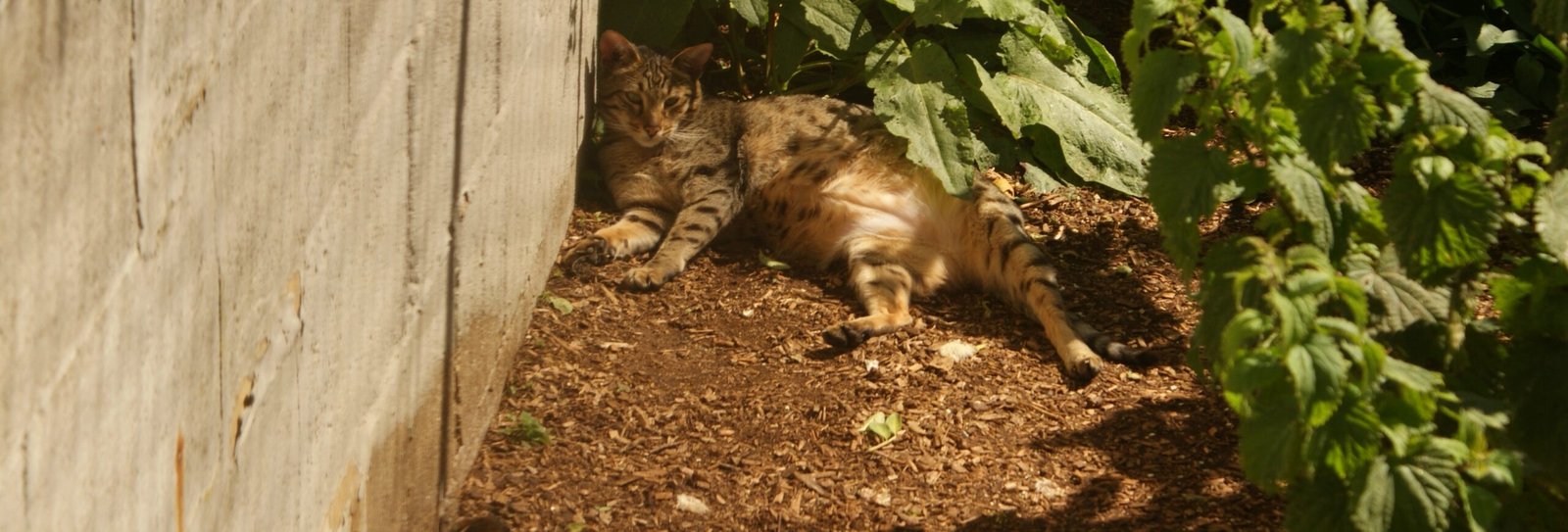
Trust is the foundation of any strong relationship, and cats are no exception. It takes time and patience to build, especially with shy or previously mistreated cats. Consistent, gentle interactions—like soft talking, slow blinking, and respectful handling—help show your cat that you’re a safe and reliable companion. As trust grows, your cat will reveal more of their emotional world to you, making it easier to recognize and respond to their needs. Building this trust is one of the most rewarding parts of being a cat parent.
Personalizing Your Approach to Your Cat’s Unique Personality
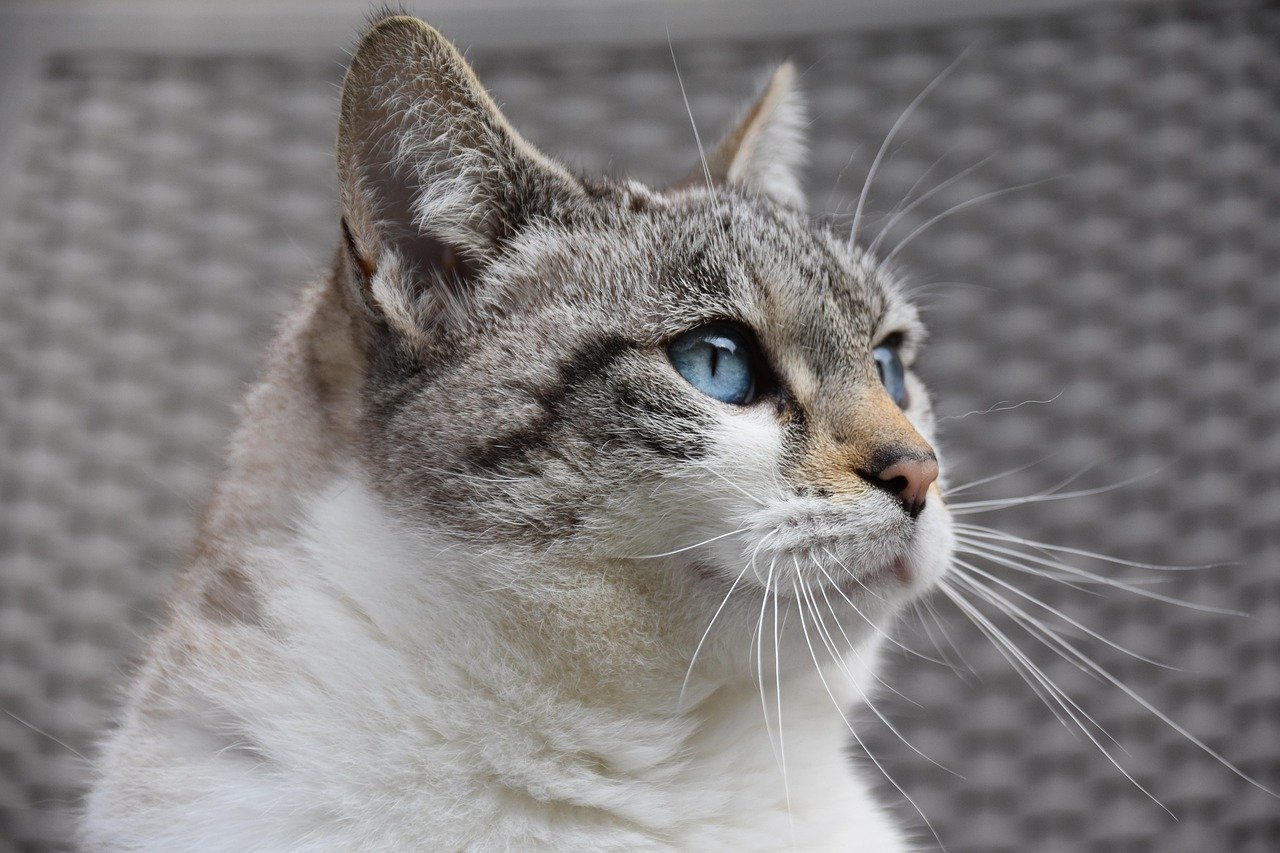
No two cats are exactly alike, and understanding your cat’s individual personality is key to recognizing their emotional patterns. Some cats are bold and outgoing, while others are reserved or sensitive. Take the time to observe your cat’s preferences—where they like to sleep, how they like to play, or how they react to new experiences. This personalized attention helps you spot changes in their emotions more easily. Over time, you’ll develop an intuitive sense for what makes your cat tick, deepening your connection and making every day together a little brighter.
Celebrating the Joy of Emotional Connection

Recognizing emotional patterns in your cat is more than a skill—it’s a beautiful way to celebrate the quiet, profound bond you share. Each tail twitch, gentle purr, or playful pounce is a glimpse into your cat’s inner world. By tuning in and responding with love and understanding, you create a safe space where your cat can thrive emotionally. The journey of understanding your cat’s feelings is ongoing and endlessly rewarding. After all, isn’t it amazing how much love and mystery can fit into one small, furry package?
Hi, I’m Bola, a passionate writer and creative strategist with a knack for crafting compelling content that educates, inspires, and connects. Over the years, I’ve honed my skills across various writing fields, including content creation, copywriting, online course development, and video scriptwriting.
When I’m not at my desk, you’ll find me exploring new ideas, reading books, or brainstorming creative ways to solve challenges. I believe that words have the power to transform, and I’m here to help you leverage that power for success.
Thanks for stopping by, Keep coming to this website to checkout new articles form me. You’d always love it!






